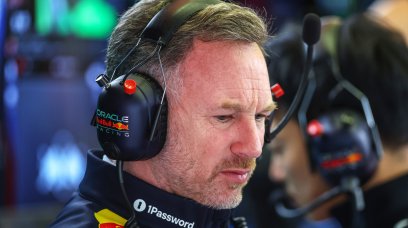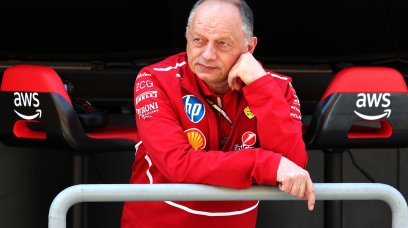Over the years as the Formula 1 calendar has grown, there have been a lot of races added to the calendar, triggering frequent debates about the schedule and desired destinations. While some races come and go, others remain a permanent fixture on the calendar, and very often at the expense of some popular venues. If the calendar was to continue expanding or rotating circuits, here are five venues that we believe should return to the F1 schedules.
Hockenheim
This track has been through many incarnations since it started hosting F1 races in 1965, with the iconic woods section as the drivers approach the Jim Clark curve being a big feature. While that was taken away in 2001 in favour of a shortened circuit, it has still produced some action-packed races over the years, sometimes aided by unpredictable weather. Whether it's the scenes of Rubens Barrichello's emotional first win 2000, Sebastian Vettel's crash from the race lead in 2018, or the Mercedes botched pitstop in front of the big brass in 2019, it has given us some classic moments that warrant a return for the current era of car.
Shanghai International Circuit
Although its position as a race on the F1 calendar should not be under threat once the Chinese government can give the go-ahead for the race, it has been a race that has been missing from the calendar in recent years. The circuit tends to produce a mix of great racing thanks to the fast and flowing corners in the middle sector, along with big braking zones, while tyre degradation can also be high enough to produce a two-stop race.
Sepang International Circuit
It is odd to think that the Malaysian Grand Prix has not taken place since 2017, when the race held its swan song event. The track was somewhat of an anomaly for F1 teams due to its humid tropical weather that would often vary between bone-dry summer days to monsoon conditions. Even though F1 can be somewhat cautious about starting races under wet conditions these days, the challenge for teams to get their strategy right was what always made this race worth the early wake up calls for fans in Europe.
Buddh International Circuit
Although the final layout of the Indian Grand Prix circuit could use a few tweaks, overall the event was well received in one of the biggest markets in Asia. A trio of wins for Sebastian Vettel in the three years it was held perhaps showed just how it was a track that rewarded the fastest cars, rather than producing a strategical challenge for teams. But if F1 is wanting to expand its product off the back of the Drive To Survive success, it should look towards increasing its presence in India, much like Formula E will with the Hyderabad race in 2023.
Circuit de La Sarthe - Bugatti Circuit
It seems odd having two French drivers on the grid and a French governing body, but no French Grand Prix. Paul Ricard produced some intriguing races throughout its time returning to the calendar, while Magny Cours was often a precession due to its lack of overtaking. This leaves the other facility that used to host F1 races, Circuit de la Sarthe. Specifically, the Bugatti Circuit has not been used since the 1967 French Grand Prix, but the short circuit with eight corners produced great racing on the day. Had it not been for mechanical issues for Graham Hill (and latterly teammate Jim Clark), the'67 race would've been a much closer contest with Jack Brabham, given they were separated by just 0.1s in qualifying.
Most read







